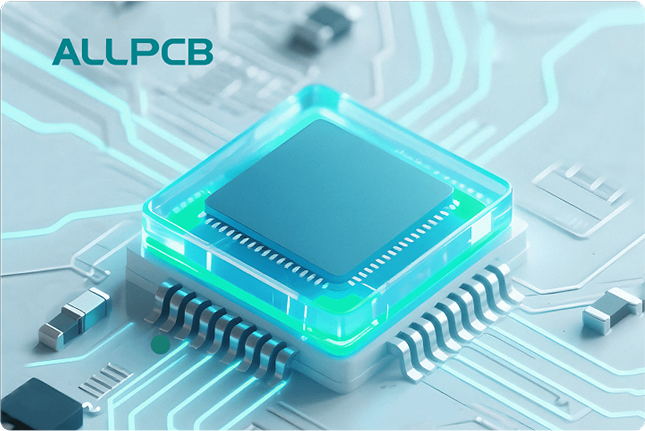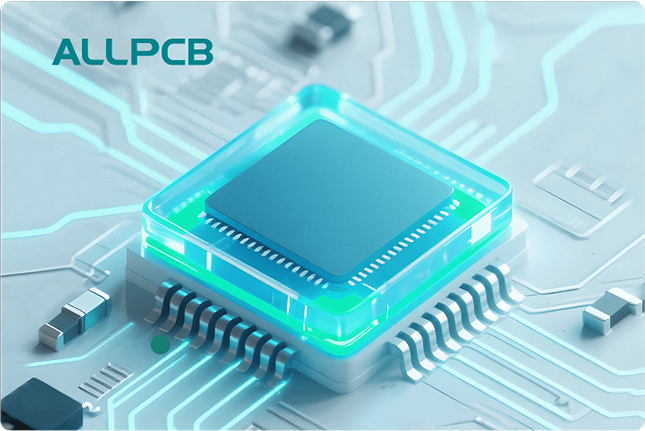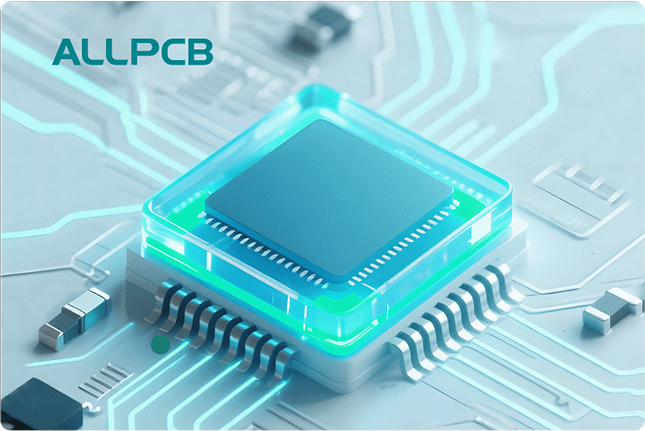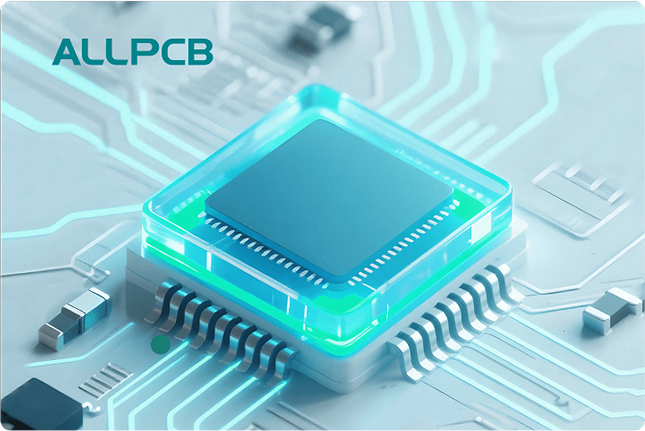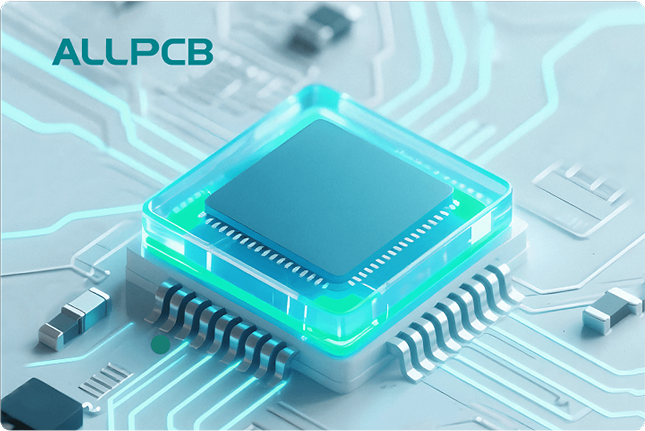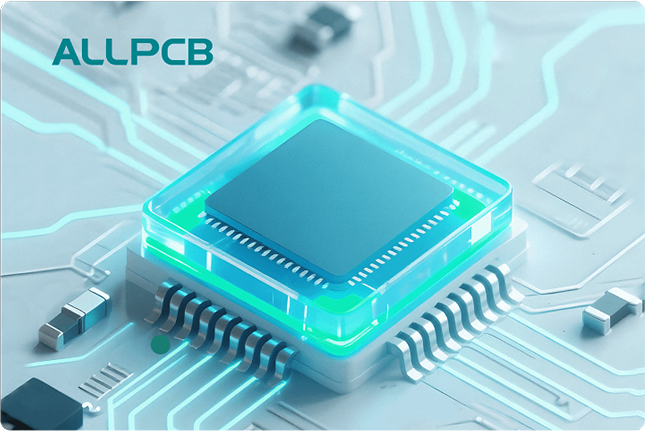Improving the adhesion of PCB components is crucial for ensuring reliable electrical connections, reducing defects, and enhancing the overall performance of printed circuit boards (PCBs). Whether you're dealing with surface mount technology (SMT) or through-hole technology (THT), strong component adhesion minimizes issues like misalignment, tombstoning, or mechanical failures during assembly and operation. In this comprehensive guide, we'll explore proven PCB adhesion techniques, the role of solder paste quality, the impact of PCB surface finish, and tips for achieving component placement accuracy.
At its core, better adhesion starts with optimizing solder paste application, selecting the right surface finish, and ensuring precise component placement. Below, we dive into detailed strategies and actionable tips to help you achieve these goals, ensuring your PCBs meet the highest standards of quality and reliability.
Why PCB Component Adhesion Matters
Component adhesion directly affects the quality and durability of a PCB. Poor adhesion can lead to several problems, including:
- Misalignment: Components shifting during soldering, resulting in weak or failed connections.
- Solder Joint Defects: Issues like tombstoning (one end of a component lifting off the pad) or cold joints (incomplete solder bonding).
- Mechanical Failures: Components detaching under vibration or thermal stress, especially in automotive or industrial applications.
- Increased Costs: Higher defect rates requiring rework, which slows production and raises expenses.
By focusing on PCB adhesion techniques, you can prevent these issues, improve production yields, and ensure long-term reliability for your electronic devices.
Key Factors Affecting PCB Component Adhesion
Before diving into solutions, it's important to understand the main factors that influence adhesion. These include solder paste quality, PCB surface finish, component placement accuracy, and environmental conditions during assembly. Let’s break these down and explore how to optimize each for better results.
1. Solder Paste Quality: The Foundation of Adhesion
Solder paste is the material that bonds components to the PCB during the reflow soldering process. Its quality, composition, and application method play a significant role in adhesion. Here’s how to ensure optimal solder paste performance:
- Choose the Right Composition: Solder paste typically consists of metal alloy particles (like tin-lead or lead-free options) and flux. Select a paste with the correct alloy ratio for your application. For instance, a common lead-free option is SAC305 (96.5% tin, 3% silver, 0.5% copper), which offers good wetting and adhesion for most SMT components.
- Check Viscosity and Tackiness: The paste must have the right viscosity (typically between 800-1000 Kcps for stencil printing) to hold components in place before reflow. A tackiness value of around 35-45 grams ensures components stay secure during handling.
- Store Properly: Solder paste is sensitive to temperature and humidity. Store it at 2-10°C (35-50°F) and use it within the manufacturer’s recommended shelf life (often 6-12 months) to avoid degradation.
- Perform Solder Paste Inspection (SPI): Use automated SPI machines to check for uniform paste deposits after printing. This helps detect issues like insufficient volume or misalignment before components are placed, reducing adhesion failures.
By prioritizing solder paste quality, you create a solid foundation for strong component adhesion during the soldering process.
2. PCB Surface Finish: Enhancing Solderability and Adhesion
The surface finish on a PCB protects the exposed copper traces and pads while influencing how well solder adheres to them. A poor surface finish can lead to oxidation, uneven solder wetting, and weak bonds. Here are common surface finishes and their impact on adhesion:
- Hot Air Solder Leveling (HASL): This traditional finish applies a layer of solder to the pads. While cost-effective, it can create uneven surfaces, leading to inconsistent adhesion for fine-pitch components. It’s better suited for larger components and through-hole applications.
- Electroless Nickel Immersion Gold (ENIG): ENIG provides a flat, smooth surface with excellent solderability, making it ideal for SMT components. It consists of a nickel layer (3-6 μm thick) topped with a thin gold layer (0.05-0.1 μm), ensuring strong adhesion and resistance to oxidation.
- Immersion Silver (IAg): This finish offers good solderability and a smooth surface but is prone to tarnishing if not handled properly. It’s a cost-effective alternative to ENIG for adhesion in less demanding environments.
- Organic Solderability Preservative (OSP): OSP is a thin organic coating that protects copper from oxidation. It provides good adhesion for lead-free soldering but may degrade under high humidity or multiple reflow cycles.
For the best adhesion, choose a surface finish based on your PCB’s application. For high-density boards with fine-pitch components, ENIG is often the top choice due to its flatness and reliability.
3. Component Placement Accuracy: Precision is Key
Even with high-quality solder paste and an ideal surface finish, poor component placement can undermine adhesion. Misaligned components may not bond properly during reflow, leading to weak joints or complete failures. Here’s how to improve placement accuracy:
- Use Automated Pick-and-Place Machines: Modern machines can place components with an accuracy of ±0.01 mm, ensuring precise alignment with solder pads. This is especially critical for small components like 0402 or 0201 chip resistors.
- Optimize PCB Design: Ensure pad sizes and spacing comply with industry standards (like IPC-7351). For example, a typical 0603 resistor pad should be 0.8 mm wide and 1.0 mm long, with a 0.6 mm gap between pads for optimal solder flow and adhesion.
- Calibrate Equipment Regularly: Misaligned or poorly maintained pick-and-place machines can cause placement errors. Schedule routine calibration to maintain accuracy within manufacturer specifications.
- Implement Vision Systems: Use cameras and vision recognition software to verify component alignment before and after placement. This reduces errors and enhances adhesion during soldering.
Accurate placement ensures that components make full contact with solder paste, maximizing adhesion during the reflow process.
4. Environmental and Process Controls
The assembly environment and soldering process also impact adhesion. Factors like temperature, humidity, and reflow profiles must be carefully managed:
- Control Humidity: High humidity can cause solder paste to absorb moisture, reducing tackiness and adhesion. Maintain a relative humidity of 40-60% in the assembly area.
- Optimize Reflow Profiles: Follow the solder paste manufacturer’s recommended reflow profile. For lead-free solder, a typical profile includes a preheat stage (150-180°C for 60-90 seconds), a soak stage, and a peak temperature of 235-245°C for 20-40 seconds. Incorrect profiles can cause poor wetting or thermal stress, weakening adhesion.
- Minimize Vibration: During assembly, avoid excessive vibration or handling that could dislodge components before soldering.
By maintaining strict control over these conditions, you can prevent adhesion issues caused by external factors.
Advanced PCB Adhesion Techniques
Beyond the basics, there are advanced techniques that can further enhance component adhesion, especially for high-reliability applications like aerospace or medical devices.
- Use of Adhesive Dots: For larger or heavier components, apply small dots of adhesive (like epoxy) alongside solder paste to provide extra mechanical support before reflow. This is particularly useful for components prone to shifting, such as connectors or large capacitors.
- Selective Soldering: For mixed-technology boards (SMT and THT), use selective soldering machines to apply solder only to specific areas, ensuring precise adhesion without affecting nearby components.
- Underfill for BGA Components: Ball Grid Array (BGA) components often face adhesion challenges due to thermal expansion mismatches. Applying underfill material (a type of epoxy) after soldering fills gaps under the component, enhancing mechanical adhesion and reducing stress on solder joints.
These techniques require additional investment in materials or equipment but can significantly improve adhesion in demanding scenarios.
Testing and Validation for Adhesion Quality
After implementing these techniques, it’s essential to test and validate adhesion quality to ensure consistent results. Here are some common methods:
- Shear Testing: Measure the force required to dislodge a component from the PCB. A typical shear strength for SMT components should be above 5 kg for reliable adhesion.
- X-Ray Inspection: Use X-ray machines to inspect hidden solder joints (like under BGAs) for voids or incomplete wetting, which can weaken adhesion.
- Thermal Cycling Tests: Subject the PCB to repeated temperature changes (e.g., -40°C to 85°C for 500 cycles) to simulate real-world stress and verify adhesion under thermal expansion.
Regular testing helps identify weak points in your adhesion process, allowing for continuous improvement.
Common Mistakes to Avoid
Even with the best techniques, certain mistakes can undermine PCB component adhesion. Watch out for these pitfalls:
- Using Expired Solder Paste: Old or improperly stored paste loses tackiness, leading to poor adhesion.
- Skipping SPI: Without solder paste inspection, printing defects go unnoticed, causing adhesion failures.
- Ignoring Surface Cleanliness: Contaminants like dust or oil on the PCB or components can prevent proper solder wetting. Always clean boards and components before assembly.
- Overheating During Reflow: Excessive temperatures (above 260°C for lead-free solder) can degrade flux, reducing adhesion and causing component damage.
Avoiding these errors ensures that your efforts to improve adhesion are not wasted.
Conclusion: Building Stronger PCBs with Better Adhesion
Improving the adhesion of PCB components is a multi-step process that involves optimizing solder paste quality, selecting the right PCB surface finish, ensuring component placement accuracy, and controlling environmental factors. By following the actionable tips and advanced techniques outlined in this guide, you can minimize defects, enhance reliability, and streamline your PCB assembly process.
Start by evaluating your current adhesion challenges—whether it’s poor solder joints, component misalignment, or environmental issues—and apply the relevant strategies discussed here. With a focus on precision and quality, you’ll build PCBs that stand up to the toughest conditions, delivering consistent performance for your applications.
At ALLPCB, we’re committed to helping you achieve the best results in PCB manufacturing and assembly. By prioritizing PCB adhesion techniques, you’re taking a critical step toward creating high-quality, reliable electronics.
 ALLPCB
ALLPCB


